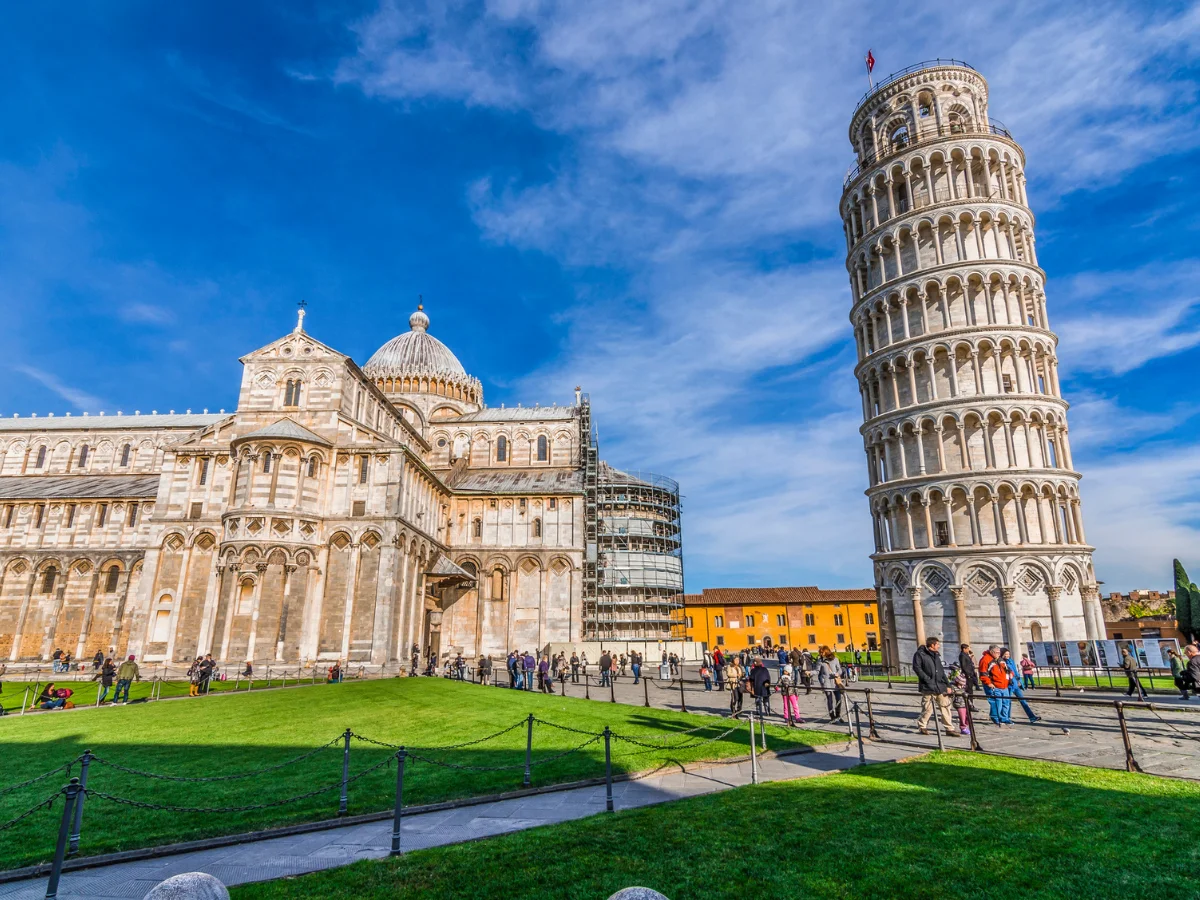Roman military camps
Roman military camps, vital for the empire’s expansion, showcased strategic prowess. Their layout, following the standardized “castrum” design, featured barracks, headquarters, and training grounds. Command structures facilitated coordination, while fortifications ensured defense. Supply lines sustained troops, fostering community and cohesion. Beyond their physical presence, these camps symbolized Roman dominance and influence, leaving a legacy in military organization. From Britannia to Mesopotamia, they stood as guardians of the empire, embodying its strength and strategic prowess, ensuring survival and dominance for centuries.

Roman military camps
In the vast expanse of the Roman Empire, military camps stood as bastions of power and discipline. These camps were not merely places for soldiers to rest; They were meticulously planned centers of organization, training, and defense. Let’s delve into the structure, purpose, and daily life within these vital hubs of Roman military might.
Organization and Layout
Roman military camps were meticulously organized, following a standardized layout known as the “castrum.” The castrum consisted of a square or rectangular perimeter surrounded by fortified walls, with specific areas designated for different purposes. At the center lay the headquarters, or principia, where the commanding officer resided and administrative functions were conducted. Radiating outward were streets dividing the camp into distinct sections for barracks, workshops, and storage facilities.
Defensive Fortifications
Roman military strategy prioritized defense, reflected in the robust fortifications of their camps. Towering walls, frequently bolstered with interspersed watchtowers, enveloped the perimeter, offering formidable defense against external dangers. Sturdy gates, fortified with intricate mechanisms, safeguarded entrances securely. Furthermore, a trench or moat occasionally encircled the walls, augmenting the defensive barrier against hostile infiltrations.
Barracks and Quarters
Within the camp, soldiers found shelter and respite in the barracks, typically long buildings divided into sections to accommodate individual units or cohorts. Each soldier had a simple bunk bed and storage space for personal belongings. Officers and higher-ranking officials enjoyed more spacious quarters, reflecting their elevated status within the military hierarchy. Despite the Spartan conditions, camaraderie flourished among the soldiers, forging bonds that strengthened the cohesion of the military unit.
Training and Drills
Discipline and readiness were instilled through rigorous training regimens and daily drills. In the open spaces of the camp, soldiers practiced formation maneuvers, weapons handling, and combat tactics under the watchful eyes of their centurions. These exercises honed their skills and ensured they could respond swiftly and effectively to any threat. Training sessions were not only physical but also included educational components, teaching soldiers about military strategy, history, and the importance of discipline.
Logistics and Supply
A well-functioning logistical system was essential to sustain the vast Roman military machine. Within the camp, workshops produced weapons, armor, and other essential equipment needed for warfare. Granaries stored vast quantities of grain to feed the soldiers, while warehouses stockpiled additional supplies such as clothing, tools, and medical provisions. Efficient management of these resources was critical to maintaining the army’s operational readiness, especially during extended campaigns far from home.
Daily Life and Routine
Life in a Roman military camp was characterized by routine and discipline. Soldiers followed a strict schedule, with activities organized around the demands of training, duties, and downtime. Mornings often began with drills and exercises, followed by meals and administrative tasks during the day. Evenings provided opportunities for relaxation, with games, socializing, and perhaps a visit to the bathhouse for those stationed in more permanent camps. Throughout it all, the rhythm of military life reinforced the bonds of camaraderie and duty among the soldiers.
Strategic Significance
Beyond their immediate function as military bases, Roman camps played a crucial role in projecting imperial power and control across the vast territories of the empire. Strategically positioned along frontiers, roads, and key trade routes, these camps served as both symbols of Roman authority and deterrents to would-be aggressors. Their presence helped maintain stability and order in the provinces, ensuring the security of Roman citizens and facilitating the spread of Roman culture and influence.
Legacy and Influence
The legacy of Roman military camps extends far beyond the boundaries of the ancient world. Their organizational principles, defensive strategies, and logistical innovations have left an indelible mark on military history. Even today, echoes of the castrum can be seen in modern military bases and fortifications, a testament to the enduring influence of Roman military engineering and tactics.
In conclusion, Roman military camps weren’t just makeshift sites but intricate hubs of dominance and governance. With meticulous planning, discipline, and ingenuity, they empowered the Roman Empire to assert its supremacy and safeguard its frontiers from external challenges. The enduring impact of these camps reverberates in contemporary military tactics and structures, underscoring their timeless importance in the chronicles of human history.



